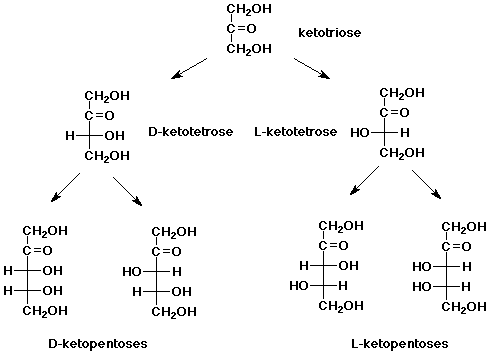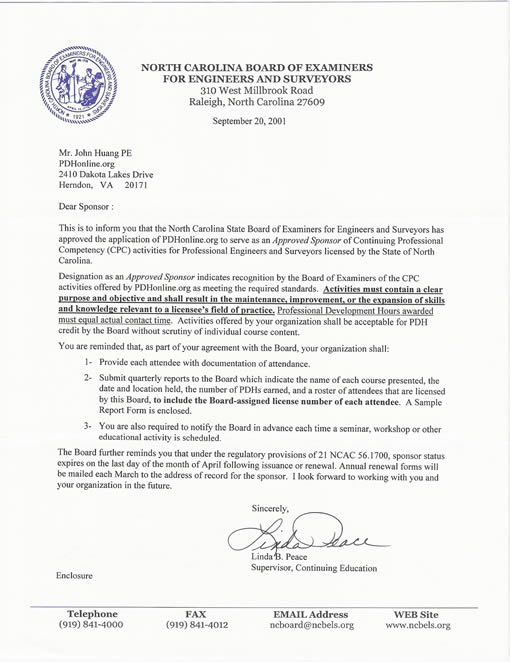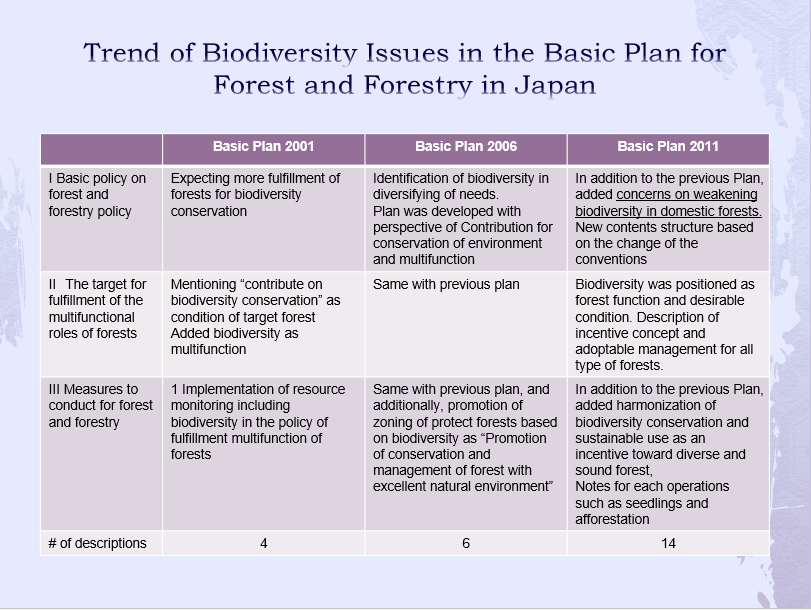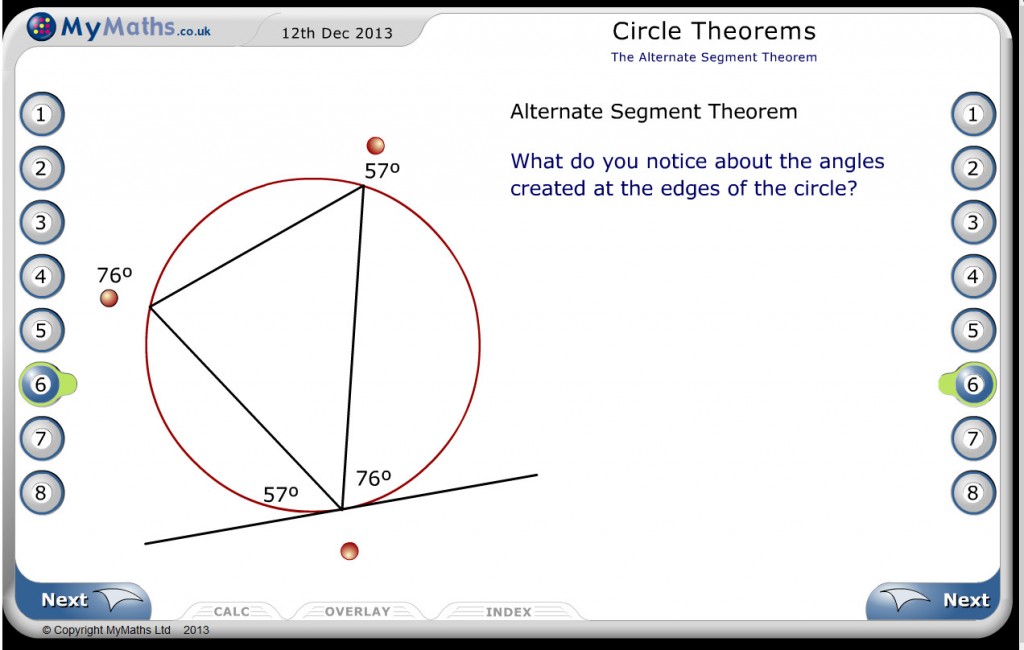Models of Crime Prevention: Their application - UK Essays.
Chapter 2: Crime Control Perspectives. STUDY. Flashcards. Learn. Write. Spell. Test. PLAY. Match. Gravity. Created by. JsQuid19. Terms in this set (36) What are the two operational perspectives? 1. Crime Control Perspective 2. Due Process Perspective. What is the crime control perspective? belief that the key aim of the criminal justice policy is the control of crime, perhaps at the expense of.
Throughout its history, differing models of crime prevention have been used by law enforcement and criminologists around the world to curb crime and reduce victimisation. The major conceptual models of crime prevention include: situation, social, and developmental. Crime prevention has also been classified into primary, secondary, and tertiary.

Next, more detail is provided about the process of negative labeling, which serves to distinguish primary and secondary deviance. The essay concludes with a discussion of the status of Lemert's ideas in contemporary criminological theory and practice. Theoretical Basis Lemert's concepts of primary and secondary deviance draw from George Herbert.

Laws passed by Congress and by state legislatures make up most of criminal law. City councils also pass ordinances that compose part of criminal law. Each state has a statutory criminal code, as does the federal government. Laws defining crimes such as homicide, rape, robbery, burglary, and larceny are generally statutory. Some overlap exists.

Secondary Victimization of Crime Victims by Criminal Proceedings 317 assault, 20% were victims of robbery or theft, 12% were relatives of homicide victims, and 10% were victims of other crimes.

Disclaimer: This work has been submitted by a student. This is not an example of the work produced by our Law Essay Writing Service.You can view samples of our professional work here. Any opinions, findings, conclusions or recommendations expressed in this material are those of the authors and do not necessarily reflect the views of LawTeacher.

Essay UK offers students a complete range of essay, dissertation and coursework examples and other resources for undergraduate, post graduate, PhD and professional courses - all free.

Labeling theory, in criminology, a theory stemming out of a sociological perspective known as “symbolic interactionism,” a school of thought based on the ideas of George Herbert Mead, John Dewey, W. I. Thomas, Charles Horton Cooley, and Herbert Blumer, among others. The first as well as one of.

Crime Essays - Revised Format by: Anonymous Many people are too scared to leave their home because of a fear of crime. Some people think that more should be done to prevent crime, whereas others feel that nothing can be done. What are your views?

Labeling Theory. In a previous lesson, we discussed deviance: any action that is perceived as violating a society's or group's cultural norm. Robbing a store and driving faster than the speed.
ADVERTISEMENTS: This article provides information about the meaning, types, characteristics and other information about social processes! Social processes are the ways in which individuals and groups interact, adjust and readjust and establish relationships and pattern of behaviour which are again modified through social interactions.

Review the social structure theory known as culture conflict theory in this lesson. Learn the definition of the theory and go over the two major types of culture conflict.

Labeling theory states that people come to identify and behave in ways that reflect how others label them. This theory is most commonly associated with the sociology of crime since labeling someone unlawfully deviant can lead to poor conduct. Describing someone as a criminal, for example, can cause others to treat the person more negatively.


